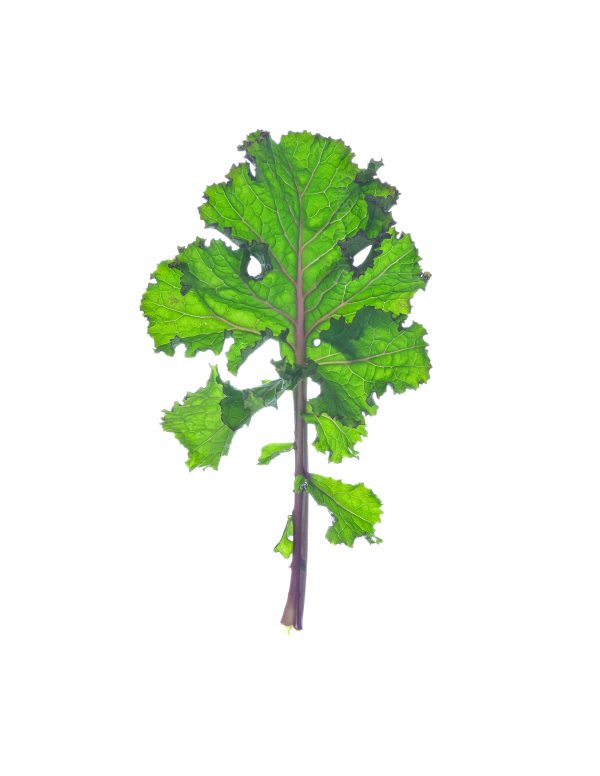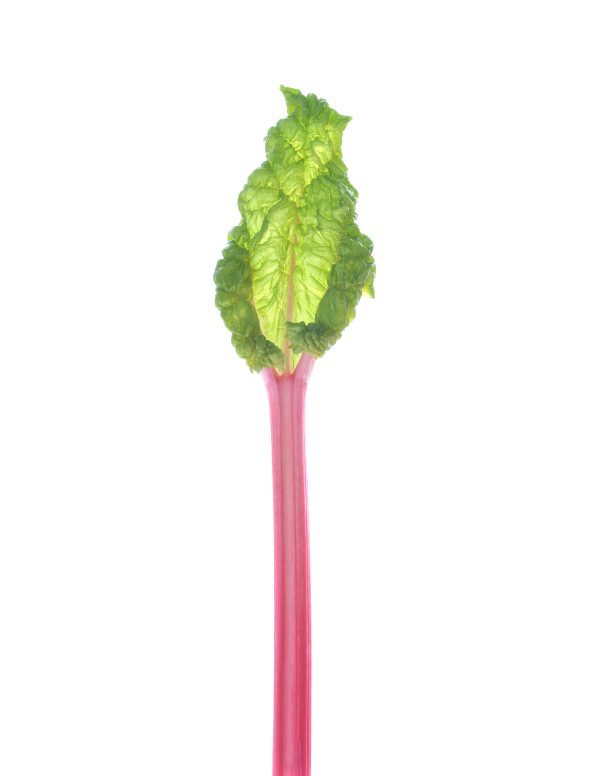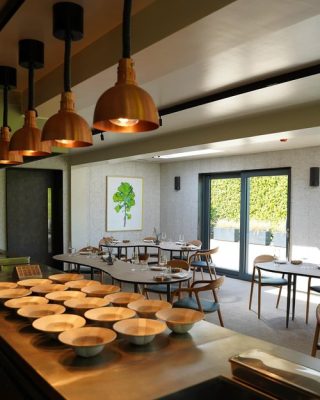01/04/2023
From my first flower bed, and wide-eyed trips to Chelsea Flower Show, to a PhD in plants: How beautiful blooms have been my lifelong love
My passion for plants and gardening started at a very young age, and was fuelled by an equally enthusiastic mother.
My earliest memory of gardening is probably at the age of six, when my mother gave me my very own flower bed. It was tiny and right at the entrance to the shed – and therefore rather trampled. However, it was my piece of garden, and I used to be meticulous in looking after it. Ensuring it was weeded and watered was a proud moment for a young child!
As the years drifted by, my involvement with flowers became more pronounced – whether it be helping my mother in arranging the flowers for church or weddings, competing in the local horticultural competitions, or simply growing vegetables.
An absolute highlight of my teenage years was being fervently encouraged by my mother to bunk of school for the third Tuesday in every May. Partners in crime, we would head up to London for the members’ day of Chelsea Flower Show, armed with a cheque book. Nowhere else could you see tulips, roses, daffodils, delphiniums, lupins, sweet peas, clematis, hostas … the list goes on … of such high quality under one roof. My eyes would pop out! It was the equivalent of the sweetie shop. I relished chatting to the nursery growers who were all so passionate about their chosen genus.
Not entirely satisfied, I decided to embark on a botany degree at Reading University. I was very fortunate to be taught by an array of wonderful professors, all specialising in particular areas – whether it be photosynthesis, classification, plant structure, genetics, or simply moss.
Scrambling up Ben Lawers in the Scottish highlands, to identify ferns, and studying the density of Stipa plants in Almeria, Spain, are wonderful memories of field trips that come to mind. Reading botany certainly fuelled my inquisitive mind, as to why and how a plant survives – which is very useful for when you are gardening!
Having completed my botany degree, I furthered my inquisitive nature of plants by studying for a doctorate in pharmacognosy. Pharmacognosy is the study of plants and their chemical compounds for pharmaceuticals. Many current pharmaceuticals are derived from plants – such as aspirin from willow, vinblastine and vincristine from the Madagascan periwinkle, taxol from yew, and galanthamine from the snowdrop.
Having completed my PhD I continued to work with plants in the pharmaceutical industry – initially identifying those used in traditional medicines, that could then be put through mass pharmaceutical screening. Over time my career in pharmaceuticals slowly moved away from plants, until eventually I embarked on a natural break to raise my family.
My passion for plants has not faltered throughout, and as my brood are now becoming independent, I am able to refocus. I continue to grow and study plants and now I am able to share this love through my photography.
The development of digital images over the last couple of decades now allows the viewer to appreciate the magnificence of the individual flower. My images are mainly of single specimens, emphasising their individual beauty and being.








